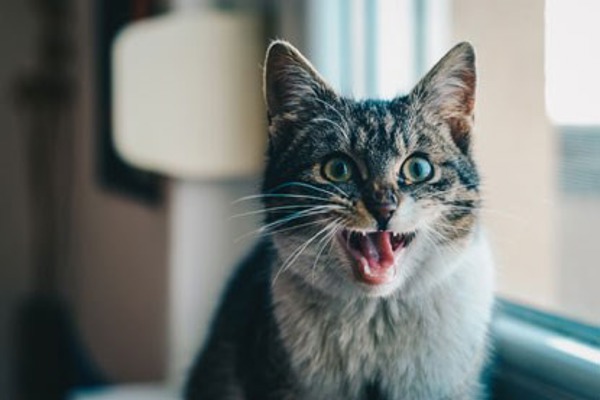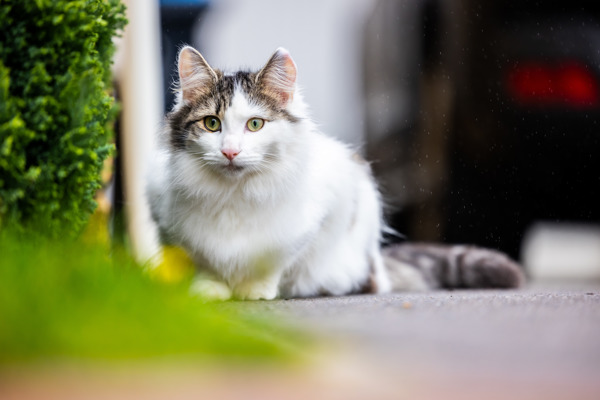Coughing up hairballs is normal for cats. But there are some ways you can prevent them
Hairballs or furballs are horrible clods of slimy fur. They have a habit of somehow always appear on your carpet when you are expecting company. These gross parcels of cat fur are something that many cat owners find themselves dealing with. Especially if their cat is one of the more fastidious groomers.
How do cat hairballs form?
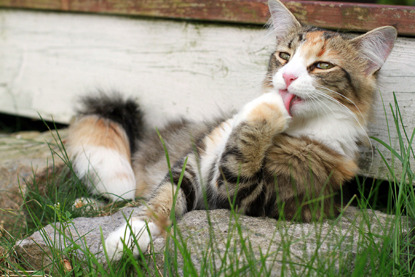
Although rather unpleasant to humans, coughing up a hairball is normal to a cat. It can even be considered a consequence of good personal hygiene.
During the grooming process, the spikey barbs on a cat’s tongue comb through the fur. They remove any loose hair, dirt and debris. Any fur that is swallowed during this process usually makes its way through the digestive system. It is then removed harmlessly from the body in the poo.
But if enough fur is swallowed, it can build up in the stomach or even in the throat. It then forms into clumps or balls. These balls have to come out somehow. If they are not passed via the digestive system, your cat with 'vomit' or 'cough' them up and they will come out of their mouth.
How do you know a hairball is coming?
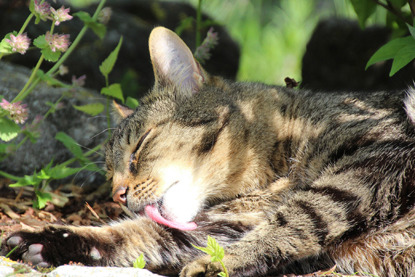
When doing their best to remove a hairball, cats can make all manner of noises. What is commonly noticed by owners is a loud retching and yacking type of noise before the hairball appears.
Your cat can look quite uncomfortable when bringing up a hairball. It can be distressing to see. But most cats will successfully cough it up without too much delay or further drama.
Hairballs are generally about an inch long. But they can be as long as five inches, and an inch thick. They are usually a similar colour to your cat’s fur. But they can be slightly darker, due to food and other secretions from the digestive system.
How can you prevent cat hairballs?
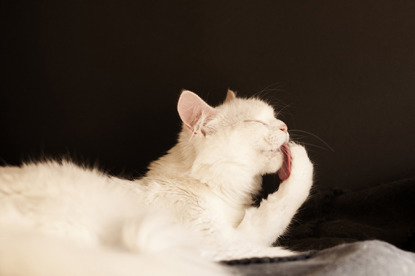
- Groom your cat. Regularly brushing your cat will help to minimise the amount of fur they swallow. It will also help to keep their coat in good condition and reduce the amount of work your cat has to do to keep it clean and tidy. If your cat is not used to being brushed, start gradually. Give them a couple of strokes with a brush and slowly build up to giving your cat brief but regular grooming sessions. With time and patience most cats will allow their owners to give regular grooming sessions.
- Speak to your vet. There are products on the market aimed at preventing hairballs, or designed to help them pass through the digestive system. Always talk to your vet first before trying them.
- Be vigilant. Producing hairballs is a normal part of cat life, but there are some thing to look out for. Speak to your vet if you notice your cat:
- starts to have difficulty when coughing up hairballs
- takes longer than usual to cough up hairballs
- is producing hairballs more frequently than normal
- has large amounts of fur in their poo
- becomes constipated or lethargic
- loses their appetite

